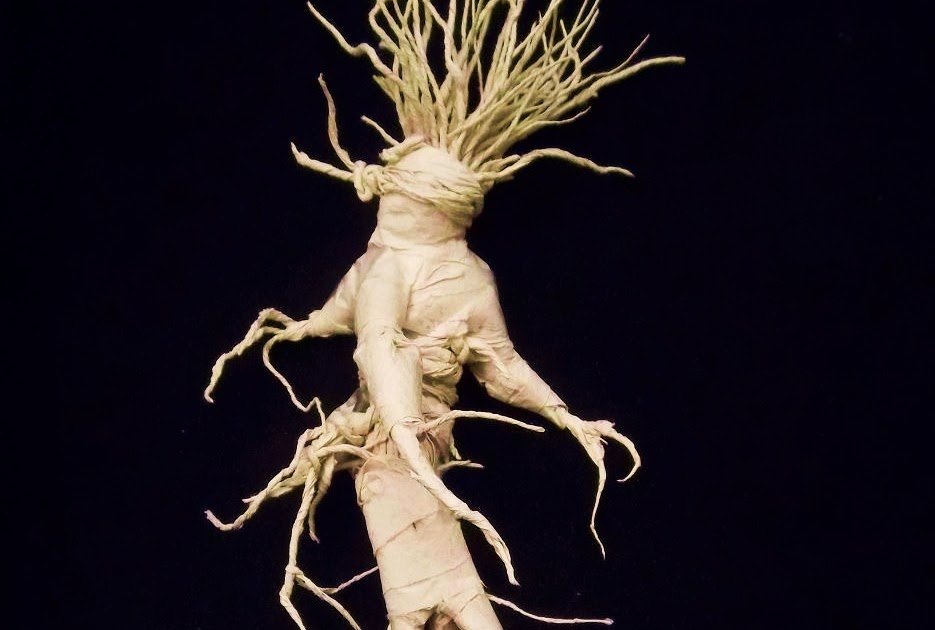
The mandrake plant consists of a rosette of floppy, oval leaves. What do you do with mandrake? Let’s explore the many uses for mandrake. The unfortunate person who attempted to harvest the plant.Īccording to folklore, this fascinating plant was thought to have great powers, both positive and negative. Plant would shriek when uprooted, emitting a scream so powerful it could kill
_3.jpg)
At one time, people believed that the mandrake Mandrake is a mysterious plant with a long, thick taproot

Used in folk medicine and is studied by people who are interested in the occult Image: root found on beach at Stutton, Essex, February 2018 thanks to Cath Pearson.Plants aren’t widely used today, although herbal mandrake is still Charlbury, Oxfordshire, January 1991 see also the ‘Material Collected’ page on this website.ĥ. Porter, Cambridge Customs and Folklore, 1969:46.Ĥ. Threlkeld, Synopsis stirpium Hibernicarum, 1726: 29. In the nineteenth century it was noted that the ‘very acrid’ root of white bryony ‘is often scrapped and applied to the limb affected with rheumatism, when it causes a stinging sensation similar to that produced by the nettle’. On enquiring was to its identity, I received the reply ‘Mandrake, the best physic there is for ‘osses.’ On smelling and tasting a shaving I realised it was white bryony’. ‘In the village of Ascott-under-Wychwood somewhere in the mid-1930s, I watched a groom preparing a mash for his hunter and adding shavings from something which looked like a dried-up parsnip hanging on the wall. When the root was dry and shrivelled it was placed among the savings kept in an old stocking hidden under the mattress as a guarantee that the hoard would increase'.Įlsewhere white bryony roots were valued as a conditioner for horses: Even then it was not discarded, for if it was suspended by the string from the rafters of a sow’s stye it was reckoned that more piglets would be produced. On Saturday night the landlord’s wife would be called in to judge the exhibits, a prize being awarded to the root which most resembled the female figure … After the prize had been awarded the winning roots stayed on the shelf until it was ousted by a finer specimen. On their visits to the local inn the men took their roots to join others arranged on the taproom mantleshelf ready to be judged in a competition for which entrant paid a small fee. ‘old Fen men digging up roots, selecting those most human in shape washing them carefully and putting in their marks – few of the older generation could read or write. In her Cambridgeshire Customs and Folklore (1969) Enid Porter recorded that ‘mandrake’ roots were crushed and put into rat holes to drive the vermin away, and that W.H. Before the week was out he fell and broke his neck. He called the root ‘mandrake’ and stopped work at once, saying it ‘was awful bad luck’. In 1908 a man employed to dig a neglected garden near Stratford upon Avon, cut through a large bryony root with his spade.

Thus Hans Sloane (1669-1753) had in his ‘Collection of Vegetables and Vegetable Substances’ ‘a mandrake’s beard … corn putt into the root of white bryony and thence sprouting’. Sometimes such ‘mandrakes’ were partially hollowed out and had grass seeds planted in the cavity, so that on germination they gave the appearance of hair. Writing of Ireland in 1726 Caleb Threlkeld noted: ‘out of the Root knavish Imposture form Shapes which they style Mandrakes to deceive the Vulgar'. As mandrake ( Mandragora officinarum) is a scarce plant, largely confined to botanic gardens, in England, white bryony roots have frequently been used as a substitute for it. It has a large tuberous root which annually produce climbing stems with greenish white flowers, followed by red fruits. White bryony ( Bryonia dioica) is the only member of the Cucumber Family (Cucurbitaceae) native to England and Wales, and is present only as an introduction in Scotland and Ireland.


 0 kommentar(er)
0 kommentar(er)
